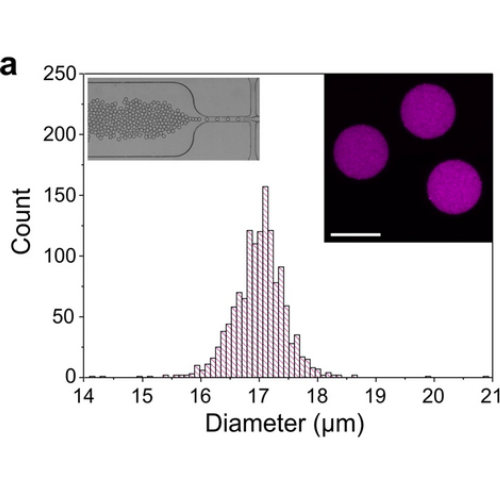Polyacrylamide Bead Sensors for in vivo Quantification of Cell-Scale Stress in Zebrafish Development.
Mechanical stress exerted and experienced by cells during tissue morphogenesis and organ formation plays an important role in embryonic development. While techniques to quantify mechanical stresses in vitro are available, few methods exist for studying stresses in living organisms. Here, we describe and characterize cell-like polyacrylamide (PAAm) bead sensors with well-defined elastic properties and size for in vivo quantification of cell-scale stresses. The beads were injected into developing zebrafish embryos and their deformations were computationally analyzed to delineate spatio-temporal local acting stresses. With this computational analysis-based cell-scale stress sensing (COMPAX) we are able to detect pulsatile pressure propagation in the developing neural rod potentially originating from polarized midline cell divisions and continuous tissue flow. COMPAX is expected to provide novel spatio-temporal insight into developmental processes at the local tissue level and to facilitate quantitative investigation and a better understanding of morphogenetic processes.
Back to list
